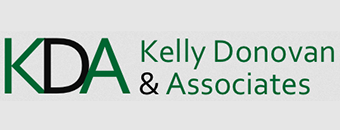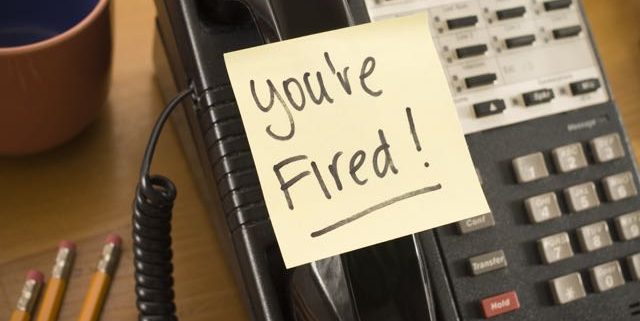Fired because of LinkedIn?!
(From the archives – updated in 2019)
The Internet has been buzzing with news about a UK executive who is suing his former employer over a dispute involving his LinkedIn profile–news that may be alarming to many who use LinkedIn.
Based on the article about it on MailOnline, the gist is that BG Group dismissed John Flexman after viewing his LinkedIn profile and having concerns with it.
While this was an unfortunate situation, you can absolutely be active on LinkedIn without rubbing your employer the wrong way.
Here are some pointers (as always, consult with an attorney on legal issues pertaining to your particular situation).
1. Find out if your employer has a social media policy.
Many employers have adopted social media policies in recent years to manage the numerous issues that can arise from employees using sites like LinkedIn, Facebook, and Twitter. Check to see if your employer has a social media policy or other rules that would pertain (hint: look at your employee manual). Be sure to read and understand all these policies and make sure you’re in compliance.
2. Don’t make it obvious you’re job hunting.
According to MailOnline, one of the company’s complaints was that Flexman was in breach of a new conflict-of-interest policy that bans employees from checking a check box on LinkedIn that indicates an interest in career opportunities.
That checkbox is a thing of the past, and nowadays (in 2019) LinkedIn has its feature to “let recruiters know you’re open to opportunities.” This, fortunately, is a bit more private–although it’s still possible your boss could find out if he talks to external recruiters.
At the very least you can avoid wording on your profile that makes it very obvious you’re looking for a job. Keep in mind that recruiters and employers LOVE so-called passive candidates, so appearing like you’re not job hunting shouldn’t hurt you.
3. Don’t include sensitive information pertaining to your employer.
Negative information
According to MailOnline, Flexman’s former employer was upset that he had included negative information about the company. This is a dilemma that sometimes arises in resume and LinkedIn profile writing–the need to show how much you improved a department, project, or company without sounding like you’re trashing the company.
You’ll impress employers by saying that you led a turnaround, but if you go into too much detail on all the problems that necessitated the turnaround, that could upset a lot of people at your company if they see that on LinkedIn.
Another issue is information that isn’t necessarily negative, but could damage customer relationships. For example, would the company want customers to see on an employee’s profile that he’d increased profits 25% by reducing costs on a product while simultaneously increasing the product’s price? This might be acceptable on a resume distributed selectively, but it’s not fit for the world to see, so it needs to stay off LinkedIn.
Proprietary information
As with the issue of negative information, the issue of proprietary information comes up all the time in resume and LinkedIn profile writing. We want to demonstrate accomplishments and the level of your responsibility, so including dollar amounts can be impressive. But it’s important to do that without revealing information your employer needs to keep confidential.
So, for example, instead of saying that you “managed a $16 million territory…” you might indicate that you “managed an eight-figure territory” to give a general idea of the scope without revealing proprietary data that competitors shouldn’t know.
When creating a LinkedIn profile for a client, I like to create a more concise and “sanitized” version of resume content since the LinkedIn profile will be visible to a broader audience.
Just remember that prospective employers could be turned off if they think you’re the type of employee or executive who can’t be trusted with confidential information.
The bottom line
There are always risks when it comes to employment, but I know that having an active LinkedIn presence would be a risk I would take as an employed job seeker. Just exercise caution in how you present yourself on the platform.
This article first appeared on KellyDonovan.com



